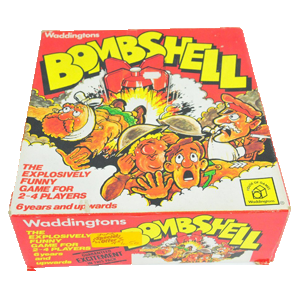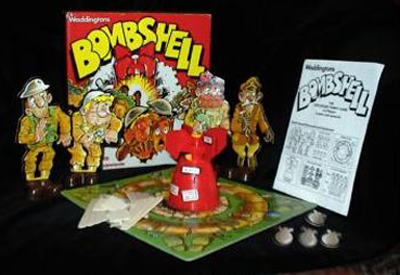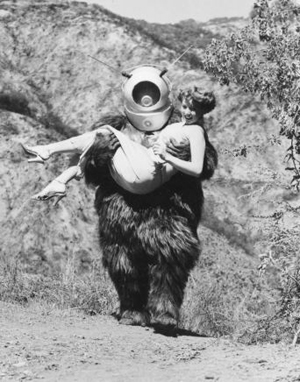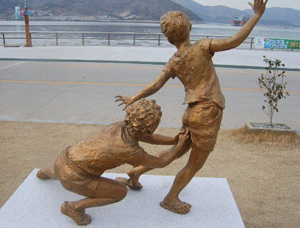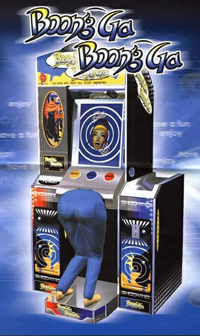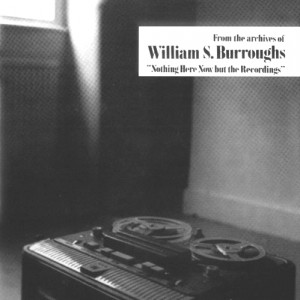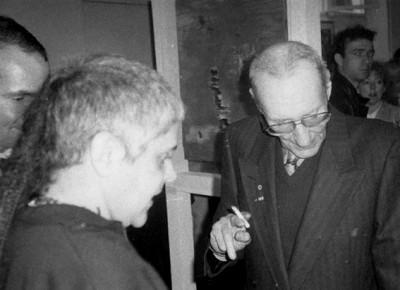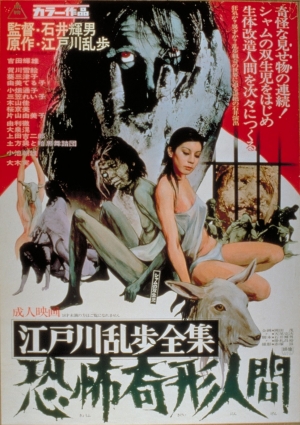| Where do you start with Pipkins? Any kid that grew-up 1970s Britain will remember this lunchtime kids TV show on ITV, filled with a bizarre assortment of creepy puppets. The show initially started in 1973, as Indigo Pipkin and was based around an elderly puppet maker and his strange puppet creations he brought to life. However the actor George Woodbridge, who played Indigo Pipkin died during the filming of the second series. The makers, worked in the death of Indigo into the show (a cheery theme for a kids TV show), and the show just became known as Pipkins. The puppets along with their human side-kick Johnny, went on a surreal and slightly creepy quest to "help" people in each 15 minute episode. |
| You could claim Hartley looked like he was well loved, as a thread-bare, flea-ridden puppet that someone had discarded on a rubbish heap. But no-one ever loved Hartley. Hartley Hare was the thing of nightmares. A malformed manikin created by an evil puppet master, with malevolent intent. The show was like many British kids TV shows as I remember in the 70s, filled with innuendo. Why did they make kids TV shows that were some smutty adult sit-com? Watch Hartley being "naughty", and you'll see what I mean! | |
